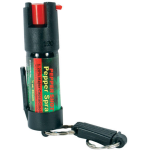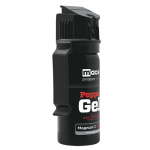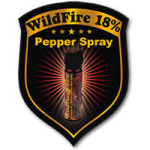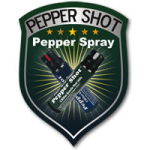Pepper Spray for Self-Defense
Non-lethal pepper spray for personal protection and home defense. Shop keychain sprays, gel formulas, pepper spray guns, foggers, and practice sprays with fast shipping and 90-day guarantee.
Why Choose Pepper Spray?
Pepper spray delivers an instant inflammatory response that causes temporary blindness, difficulty breathing, and intense burning. Effective range of 6-25 feet depending on model. Active ingredient (OC - Oleoresin Capsicum) incapacitates attackers for 30-45 minutes, giving you time to escape.
Shop by Type:
- Keychain Pepper Spray – Compact 0.5-1 oz for everyday carry
- Pepper Spray Gel – Reduced blowback, sticks to target, effective outdoors
- Pepper Spray Guns – Pistol-grip design with 15-25 foot range
- Fogger Sprays – Wide area coverage for multiple threats
- Stream Sprays – Targeted accuracy with maximum range
- Practice Spray – Water-based inert formula for training
- Bear Spray – Maximum strength for wildlife encounters
- Home Defense Systems – Door-mounted automatic deployment
Shop by Brand:
- Mace Brand – Original pepper spray manufacturer since 1965
- Wildfire – High-heat formula with 1.4% Major Capsaicinoids
- Pepper Shot – Budget-friendly police-strength formula
- PepperBall – CO2-powered projectile launchers
Key Features to Consider:
- Strength: Look for 1.33-2.0% Major Capsaicinoids (MC) rating
- Range: Keychain (6-10 ft), Standard (10-12 ft), Gel/Gun (15-25 ft)
- Spray Pattern: Stream (accuracy), Cone (coverage), Gel (wind-resistant), Fogger (area)
- Size: Keychain (0.5 oz), Standard (2-4 oz), Home Defense (9+ oz)
- Expiration: Replace every 2-4 years for guaranteed potency
Legal Notice: Pepper spray is legal in all 50 states, but restrictions vary by jurisdiction. Some states limit OC concentration, canister size, or require purchaser age verification. Check local laws before ordering.
How to Choose:
For everyday carry: Keychain pepper spray 0.5-1 oz with clip
For runners/walkers: Handheld stream spray with finger grip
For outdoor/windy conditions: Gel formula with 15+ ft range
For home defense: Door-mounted fogger or pepper spray gun
For practice/training: Inert water-based practice spray
TBOTECH Guarantee:
- Fast shipping (free over $50)
- 90-day satisfaction guarantee
- 25+ years in self-defense products
- Authorized dealer for major brands
Questions about spray patterns, strength, or legality? Contact us.






